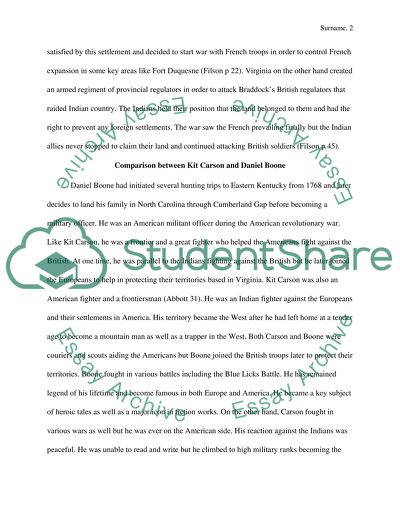Cite this document
(“Taming the Wild West Essay Example | Topics and Well Written Essays - 1500 words”, n.d.)
Taming the Wild West Essay Example | Topics and Well Written Essays - 1500 words. Retrieved from https://studentshare.org/history/1481125-analytical-essay
Taming the Wild West Essay Example | Topics and Well Written Essays - 1500 words. Retrieved from https://studentshare.org/history/1481125-analytical-essay
(Taming the Wild West Essay Example | Topics and Well Written Essays - 1500 Words)
Taming the Wild West Essay Example | Topics and Well Written Essays - 1500 Words. https://studentshare.org/history/1481125-analytical-essay.
Taming the Wild West Essay Example | Topics and Well Written Essays - 1500 Words. https://studentshare.org/history/1481125-analytical-essay.
“Taming the Wild West Essay Example | Topics and Well Written Essays - 1500 Words”, n.d. https://studentshare.org/history/1481125-analytical-essay.


